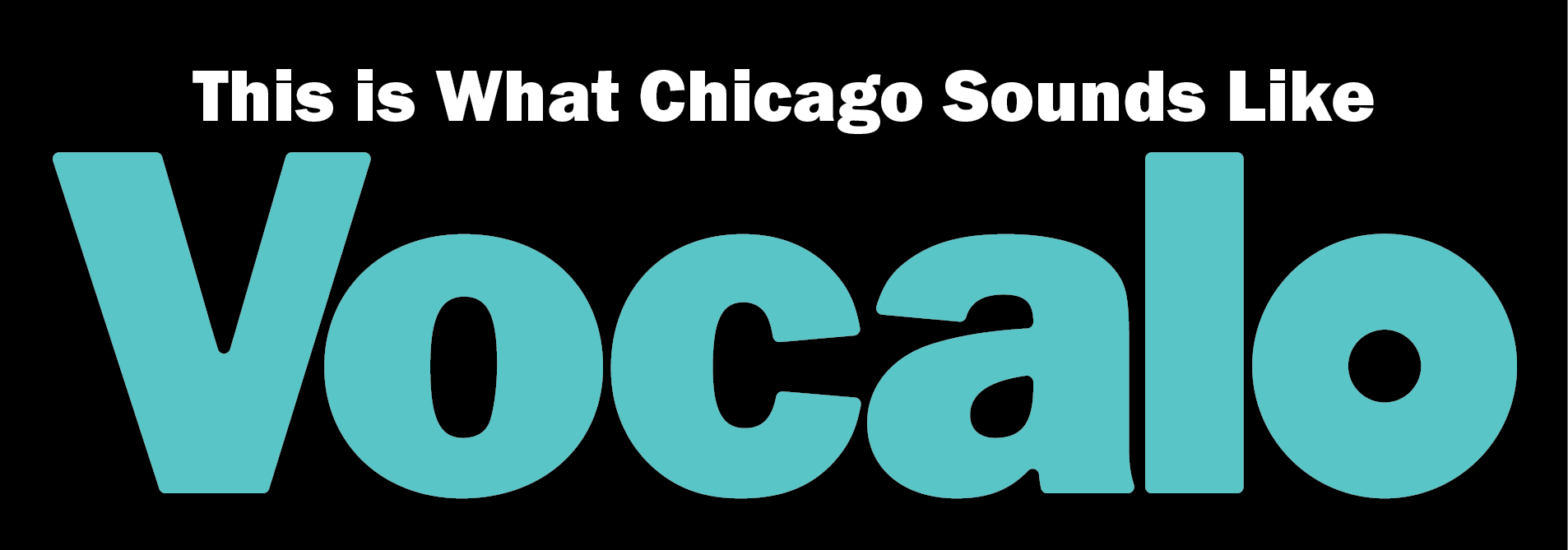MoCP’s Refracting Histories Cross-Examines The Photo Canon
Written by Vocalo Radio on October 31, 2022
Refracting Histories, running November 10, 2022 to April 2, 2023 at the Museum of Contemporary Photography in Chicago, focuses on images of the human form to make cogent commentaries regarding representation within photography’s historical canon.

Self-Portrait as Weston/as Bertha Wardell, 1927/2020
from the Master Rituals II: Weston’s Nudes portfolio
2020
Courtesy of the artist and Galerie Thomas Zander, Cologne
Whose work constitutes the bulk of a canon? Usually, the canon in any given artistic tradition is determined by societal norms, and often excludes whoever is not centered in that community. Today, the work of reevaluating the canon is going on in a variety of disciplines.
Refracting Histories, a new exhibition organized by Columbia College’s Museum of Contempory Photography, features the work of eight photographers and aims to interrogate the canon of photography. According to the curatorial statement:
“Each artist challenges, probes, or deconstructs well-known art historical legacies, revealing the contributions of overlooked makers as well as pervasive discriminations that maintain the status quo. While some artists appropriate well-known works into new forms, others set up a constructed environment to visualize lost histories. Collectively, the exhibition honors the malleable nature of photography as a fitting medium to redirect, reinterpret, and expand upon prescribed doctrines.”
In the case of Tarrah Krajnak‘s “Self-Portrait as Weston/as Bertha Wardell” 1927/2020 (pictured above), the artist is posed quite literally beside an upright Edward Weston: Nudes hardback. The nudes of Weston, who was born in 1886 in suburban Highland Park, IL, are often characterized as leaning towards mystical, perfectly-lit abstraction while highlighting human curves. Krajnak’s self-portrait is, conversely, more akin to the hyper-real studio work of African photographers such as Seydou Keïta. The photo is part of a larger series titled Master Rituals II: Weston’s Nudes, all in direct conversation with Weston’s work. The portfolio seeming asks the question ‘what becomes of a muse who has found her way down to earth?’

Thinking of Horses
2020
Courtesy of the artist
Work by Nona Faustine and Aaron Turner respectively reference early daguerreotypes: while in Venus of Vlack Bos (2012), Faustine specifically alludes to a work believed to be among the first photographs of enslaved people, made in 1850 by Harvard-appointed biologist, Louis Agassiz. For her self-portrait, Faustine is clad in white shoes, a signature element of her work, and stares directing into the camera.
Turner’s work, part of a series titled Black Alchemy, is in conversation with early daguerreotypes depicting statesman Frederick Douglass, known as likely the most photographed Black American man of the 19th Century, he sat for more than 160 photos and portraits in his lifetime. An early advocate for the democratic nature of photography, Douglass was quoted as saying “the humblest servant girl may now possess a picture of herself such as the wealth of kings could not purchase fifty years ago.”
Refracting Histories is curated by MoCP’s deputy director and chief curator, Karen Irvine, and MoCP curator of academic programs and collections, Kristin Taylor. It is in conjunction with the exhibition Shannon Bool 1:1.
For more information on Refracting Histories, click here.
Written by Ayana Contreras
More From Vocalo:
 Vocalo Radio
Vocalo Radio 









